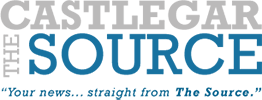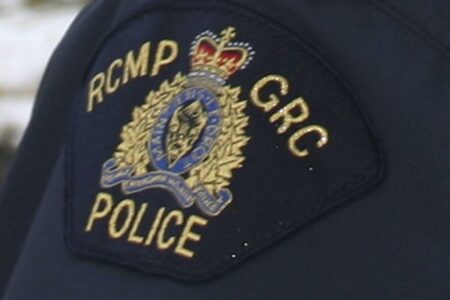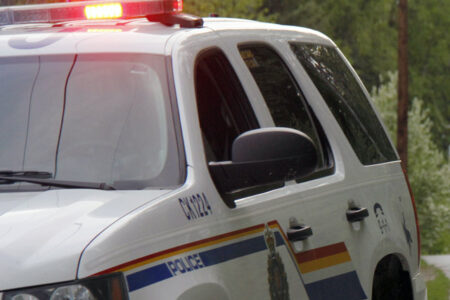City proposes tax increases of one and three per cent during meeting with Chamber of Commerce
City council, at a special public meeting Monday night, presented highlights of a draft financial plan to the Chamber of Commerce board of directors. Key elements of the plan include a three-per-cent increase in residential taxes and a one-per-cent hike in commercial taxes, to maintain an annual city budget of roughly $18.5 million (that figure is very rough, arrived at based on last year’s numbers, and not to be confused with a final budget amount for the coming year).
“Our direction from council has been to maintain service levels and minimize tax increases,” said city manager John Malcolm. Chamber president Dan Rye said he appreciated the opportunity for the business community to offer input and suggestions before the final draft budget is unveiled to the public (likely in March). “It is just the draft plan,” he said. “I’m sure businesses would like to have seen a zero increase – no one likes tax increases – but the city does have to run; to operate.” Rye said a study comparison of taxes in other communities, as suggested in the meeting by councillor Russ Hearne, would be “huge” for Castlegar businesses in assessing where they are now, and whether the status quo is a positive one. Hearne explained that a straight comparison of tax rates from one community to another may be deceiving, as the actual cash value of that tax rate will fluctuate based on a variety of factors, including what services the city can (or must) provide, and the size of tax base sharing the burden. “They can have lower tax rates but still have you paying more per square foot,” he explained. “We need to do a comprehensive study to find out exactly where we are compared to Nelson, Trail, and all the other communities in the area.” Hearne also pointed out that, should a study find that our commercial tax rates are inequitable, this may not be an ideal year to address the issue or close the gap any further than the currently-proposed hikes would. “We’re in year two of the Celgar resolution – we can’t do everything,” he said. “But I agree, we do have to look at it.” Mayor Lawrence Chernoff said it’s important for taxpayers, commercial and residential alike, to remember that less than half of the municipal tax bill they receive accounts for city taxes – the rest, just under 60 per cent – is for other jurisdictions like the health region, school district, regional district, etc. “We don’t set their rates – we’re just the bill collector, but most people don’t realize that …we’re the bad guys, because we send out the bill,” he said. “When people see their bills go up, they assume we’re the ones charging them more, which isn’t necessarily the case.” City director of financial services Andre Buss explained ways in which city spending has actually been quite conservative. “Over the past 10 years, (the city) has administered approximately $292 million in new development, and this does not include amalgamation of the Blueberry Improvement District into the community,” he said. “The city has significantly increased the kilometers of road, water, sewer, area of green space, building space and other infrastructure that must be maintained and has likewise increased the work required to administratively support the expanded city. “This has been accomplished with little change to the workforce over the past 20 years. Outside, non-exempt staff numbered approximately 21 in 1990 and 20 in 2010. Inside, non-exempt staff numbered 12 in 1990 and 12 in 2010.” Chernoff said the city’s best avenue towards low taxation is to continue drawing business into the city, thereby increasing the tax base. “It creates jobs, generates tax revenue, and spreads the tax burden out over a larger community,” he said, pointing to the city’s growth as proof such efforts are already bearing fruit. Element Bar & Grill owner Florio Vassilakakis said the numbers can be deceiving – while commercial tax rates have only gone up, on average, 1.5 per cent a year over the past decade, that 1.5 per cent does not accurately reflect the dollar figures being paid out by local businesses. “If the amount of money the city needs to raise goes up, and if the tax base hasn’t increased, then the tax rate can go up by only 1.5 per cent …but my bill goes up by way, way more than that. Understanding the net effect of a tax increase should look at the dollar amounts, too.” “In a perfect world, yes, we’d love lower taxes …who wouldn’t?” he said. “But the business world just wants equitable taxes.” He also said the massive tax hikes that result when businesses spend money on upgrades or improvements to their properties can actually serve as a disincentive for business owners to invest more in the community, and advocated for some sort of rebate or incentive program that would make it more appealing for Castlegar business owners to spend money expanding or improving their operations here in town. The proposed budget in its entirety will be presented to the public this March, through several public meetings, and Chernoff said the intervening time will see staff and council refining the numbers and seeking creative ways keep costs down and service quality up. “It’s a huge balancing act, and one that’s never easy,” he said.


























Comments